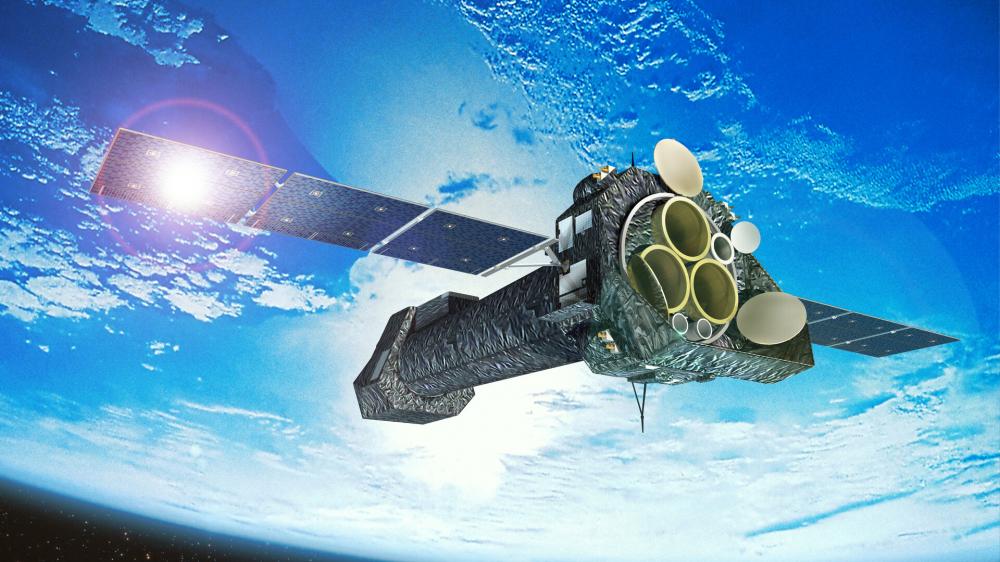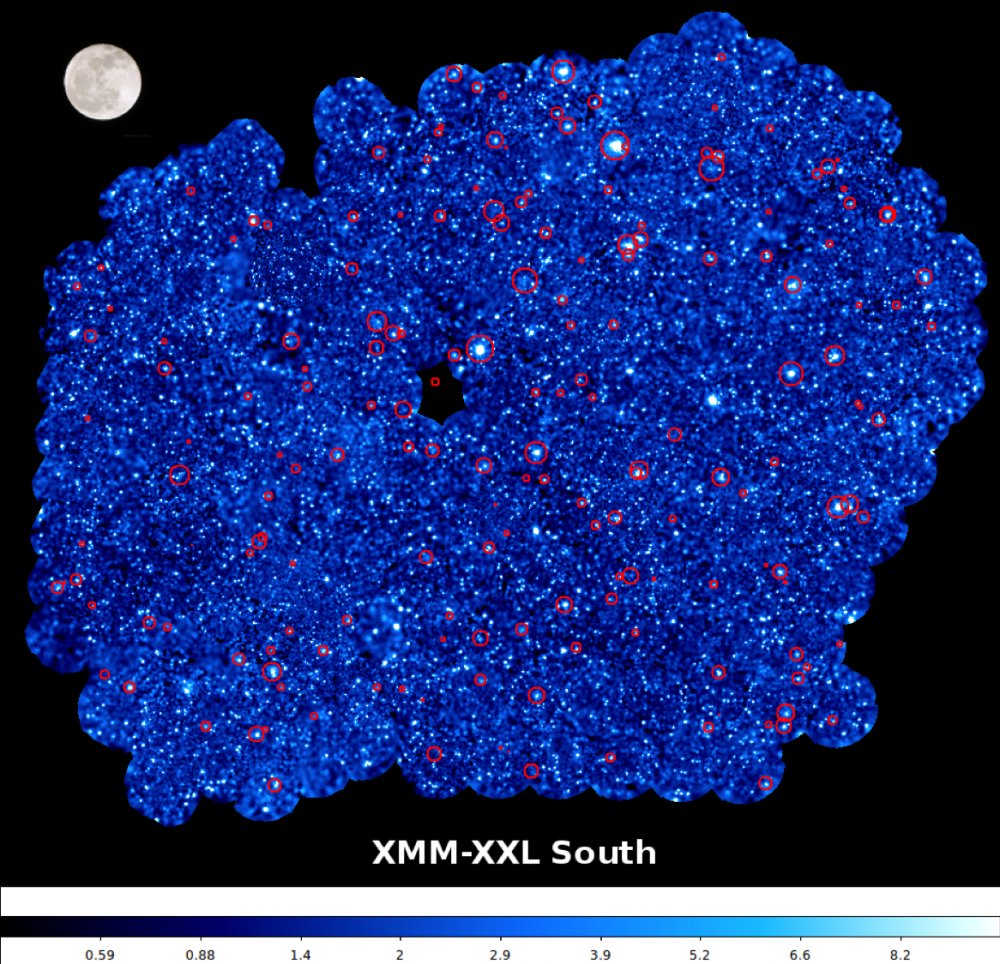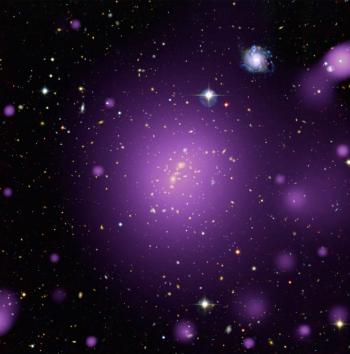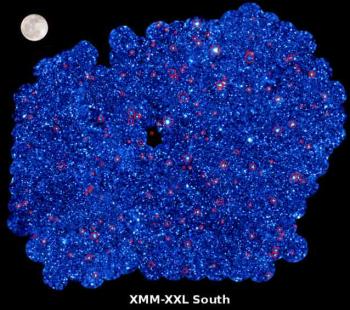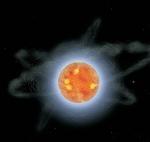Feb 28, 2024
XMM-Newton's energetic universe joins forces with the Euclid satellite's vision of the sky.
Oct 25, 2022
For the first time since the XMM launch (1999), a cosmological analysis constraining the density of matter in the universe, from a catalog of 178 galaxy clusters detected by XMM, has been possible and in an autonomous way, i.e.
Sep 09, 2022
The origin of Galactic cosmic rays, their energy source and their acceleration process raise many questions more than 100 years after their discovery by Victor Hess in 1912.
Oct 01, 2018
Impressing results from a large X-ray catalog of galaxy clusters
Using the ESA's XMM-Newton observatory, an international team, led by Marguerite Pierre of the Astrophysics Department of CEA-Irfu, has revealed the latest results of the XXL survey, the largest observation program X-ray produced to date by the XMM satellite.
Dec 15, 2015
3D-maps of galaxy clusters
A new 3D map of galaxy clusters has just been published by a research team led by Maguerite Pierre from the Astrophysics Department-AIM Laboratory of CEA-IRFU through a survey of two regions of the sky, each covering about 25 square degrees (about 100 times the area of the full moon).
Jun 22, 2015
The enigma of the quasi-periodic oscillations
A team of researchers from CEA (Astrophysical Department and CEA-DAM) and the LUTH Laboratory (Paris Observatory) has just published a comprehensive study of an enigmatic phenomenon of quasi-periodic oscillations at the surface of strongly magnetic white dwarfs also called "Polars ".
Oct 14, 2010
Discovery of a magnetar with a magnetic field similar to the one of common pulsars
Magnetars form a class of neutron stars with a much higher (100-1000 times) magnetic field with respect to common rotation powered pulsars. This extreme magnetic field is currently believed to be the cause of their unpredictable and intense activity.
Nov 17, 2008
Dense electron clouds around neutron stars.
Neutron stars are the most magnetized objects in our Universe.
